
Monuments always have an interesting history attached to it, but, when they comes with a love story, things become much more interesting. We find a bunch of articles on the Internet about romantics who made the ultimate grand gesture by building these extravagant architectures for their sweethearts. Here’s a list of monuments that have been said to be a testament of love, but actually, they aren’t!
10.Casa Loma (Toronto, Ontario)

It is said that this dreamy castle was built in 1914 after Major-General Sir Henry Mill Pellatt promised his wife Mary a sprawling castle.
But the reality couldn’t be far from the truth. In 1911, Sir Pellatt drew up plans with Canadian architect E.J. Lennox for the castle, which was inspired by his travels in Europe.
The romantic side of this castle wasn’t inspired by the wife he loved so much, but his other lifelong passion- his involvement with the the military, specifically the Queen’s Own Rifles.
9. Prasat Hin Phimai (Phimai, Thailand)
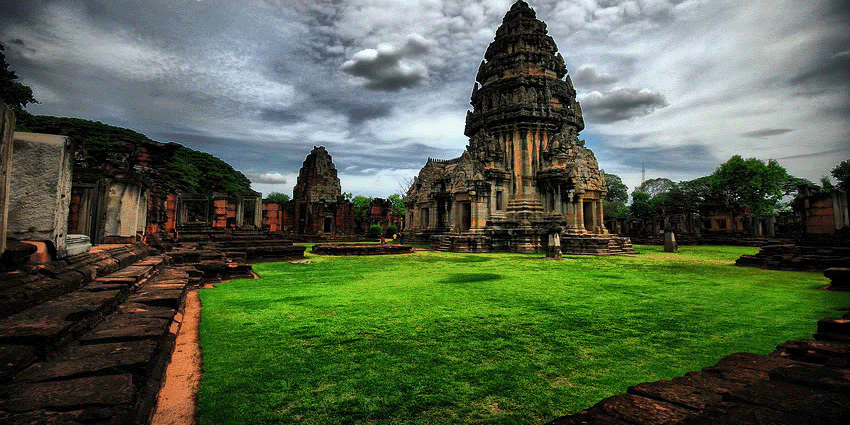
According to the legend , Prince Pajitt ,in search of his “ideal wife”, met a pregnant lady. Since he was forbidden to marry a widow, he vowed to marry her unborn child when she turned 16. As the child, Orapima, grew, she and Pajitt fell madly in love until one day he was brutally killed by a woodsman. Orapima, then avenged her lover by killing the woodsman, and returned to Phimai where she built a sanctuary dedicated to Pajitt.
But in reality, the Construction of the Prasat began during the reign of the Angkorian king Jayavarman VI , whose family had ruled for several generations at Mahidharapura.
It was believed at the time that those who built these monuments to the Gods would be rewarded after their demise by joining their idols.
8. Craigdarroch Castle (Victoria, Canada)
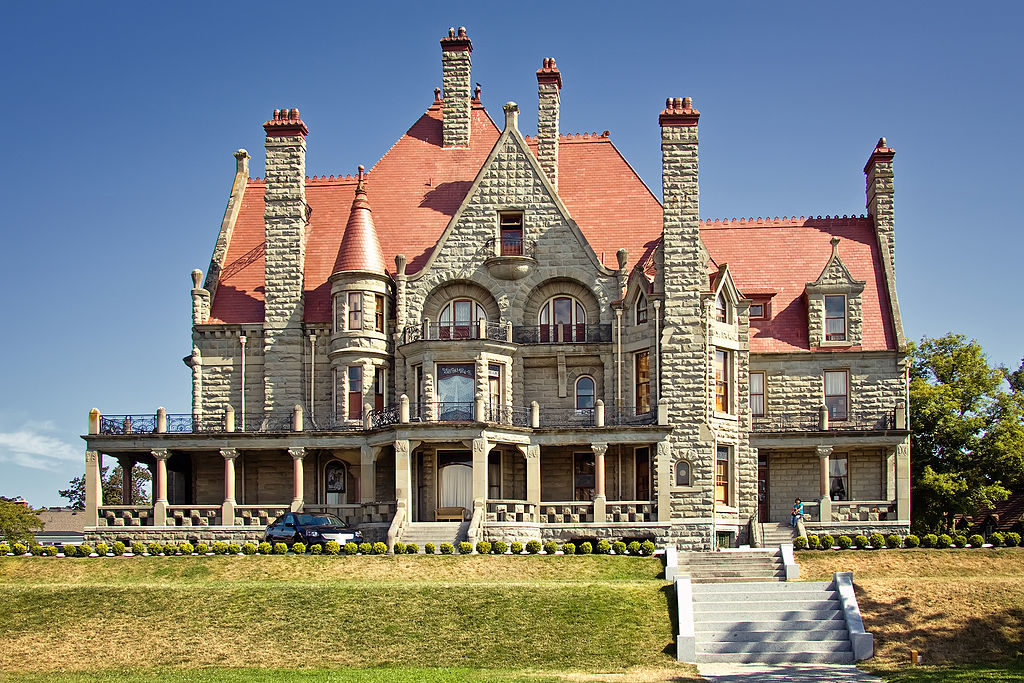
We’ve heard that the Scottish immigrant Robert Dunsmuir, after making quite a fortune, made this castle for his wife Joan.
But this mansion was actually made because his three daughters were unmarried and Dunsmuir thought “the mansion would be the perfect venue to launch them into married life“
7.Larnach Castle (Otago Peninsula, New Zealand)
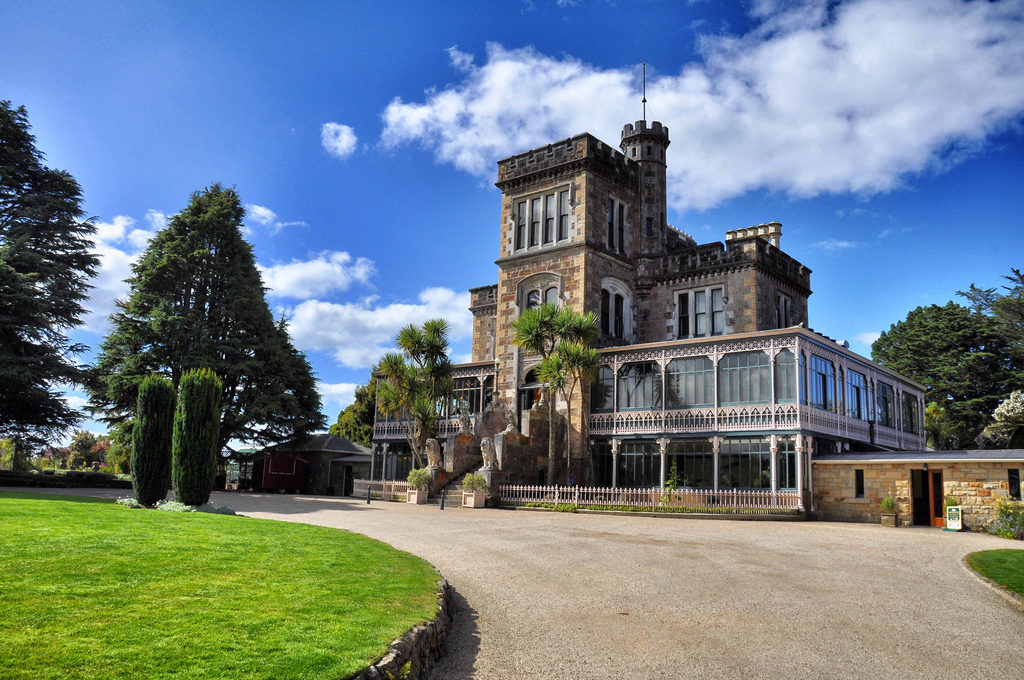
Another love-sick man who apparently built the castle for the love of his life, his wife. William James Mudie Larnach, a New Zealand Businessman and a politician, was married to Eliza Jane Guise.
He was the manager of the Geelong Branch of the Bank of New South Wales. In 1866, he resigned his position at Geelong and accepted the general management of the Bank of Otago in Dunedin. Within a week of his arrival he visited Otago Peninsula and resolved to acquire land and build there for his love, a.k.a ‘not’ his wife.
His famous residence, The Camp, popularly known as Larnach’s Castle, was intended as a “ monument to my enterprise.”
6. Petit Trianon (Versailles, France)
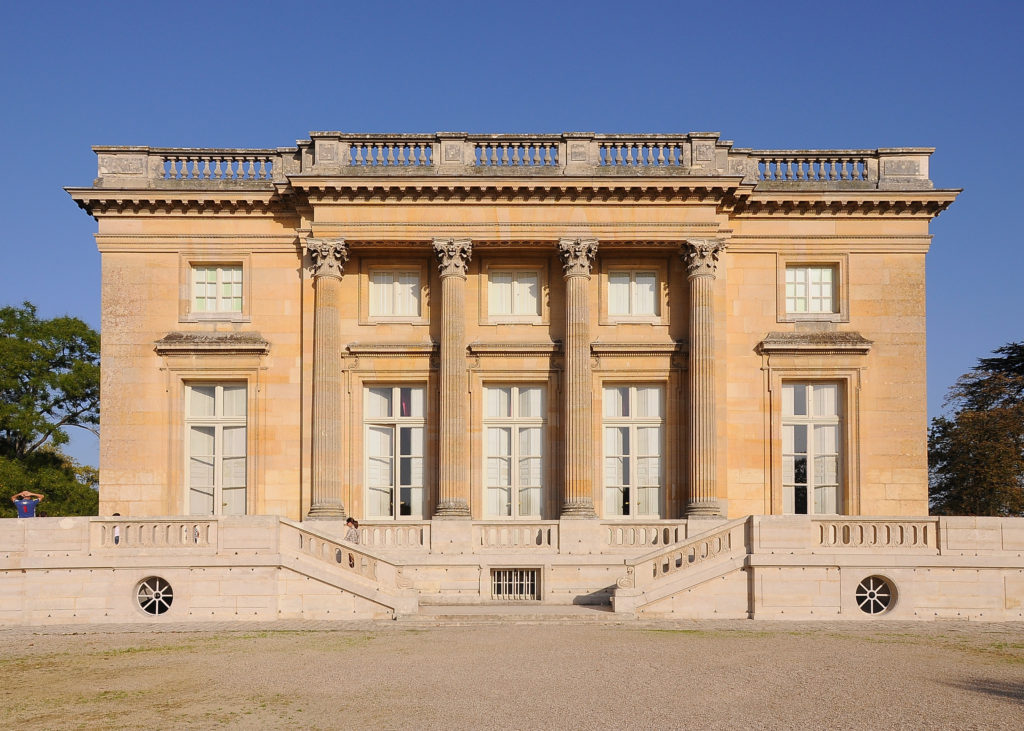
It is said that this chateau was built between 1762 and 1768, and designed by Anges-Jacques Gabriel by the order of King Louis XV for his Queen Madame de Pompadour, so that they could escape from the intrigues of the court.
It’s true that this structure was built for Madame de Pompadour, his Mistress, not Queen. But, Madame de Pompadour died just before Petit Trianon was finished, and Louis XV almost never went there.
5. Reynold’s Castle (Cameron, Oklahoma)
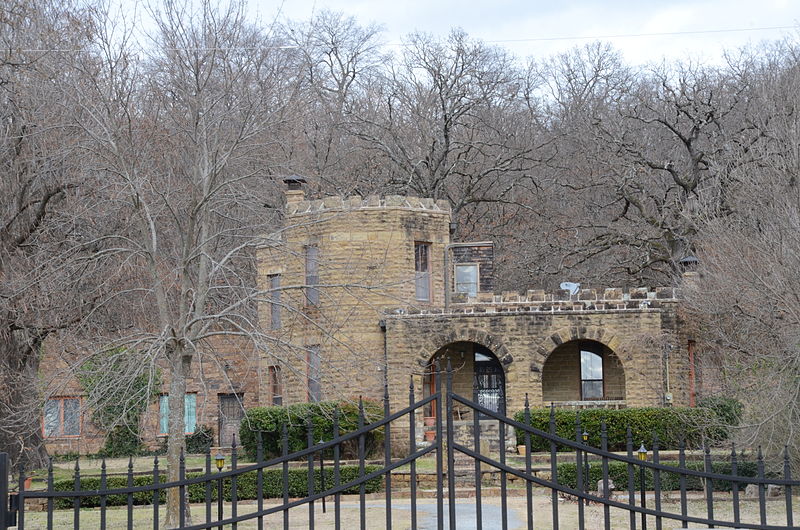
So the story goes something like this- Captain J.E. Reynolds went from being the ‘Original Male Chauvinist’ to ‘Captain Chivalry’, after he was tended to life by the two daughters of his commanding confederate officers, when he was severely injured in civil war. He then married Felicity Long Turnbull, a member of Choctaw Indian tribe, and like a good husband, built her a castle.
But in truth, after residing for over twenty years in their Skullyville County hill home, Captain Reynolds decided time had arrived for a new residence location and new business expansion.
Since Mrs. Reynolds preferred to remain in the Choctaw nation, their new home was chosen to be at Cameron, sixteen miles away from their old home-place.
4. Leeds Castle (Kent, England)
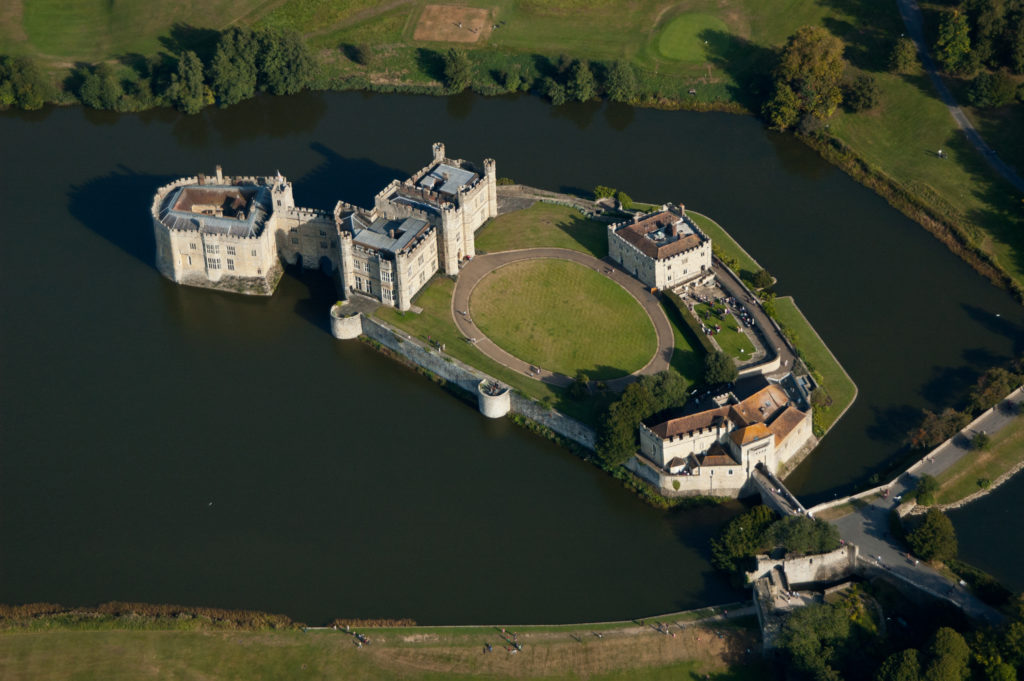
Despite this castle originally being a Norman fortification, it is said it has a “stronger association with love than war”.
Though the castle was passed on to the Queens through the generations, it wasn’t out of love, but because of the tradition that Queen Eleanor of Castille started in 1278 when she purchased the castle and began the long history of royal ownership.
The imprisonment of Joan of Navarre , the second wife of Henry IV, in 1420, and Eleanor , Duchess of Gloucester, the aunt of Henry VI, being tried here for sorcery in 1440, can’t help but add to its non-romantic history.
3. Coral Castle (Homestead, Florida)
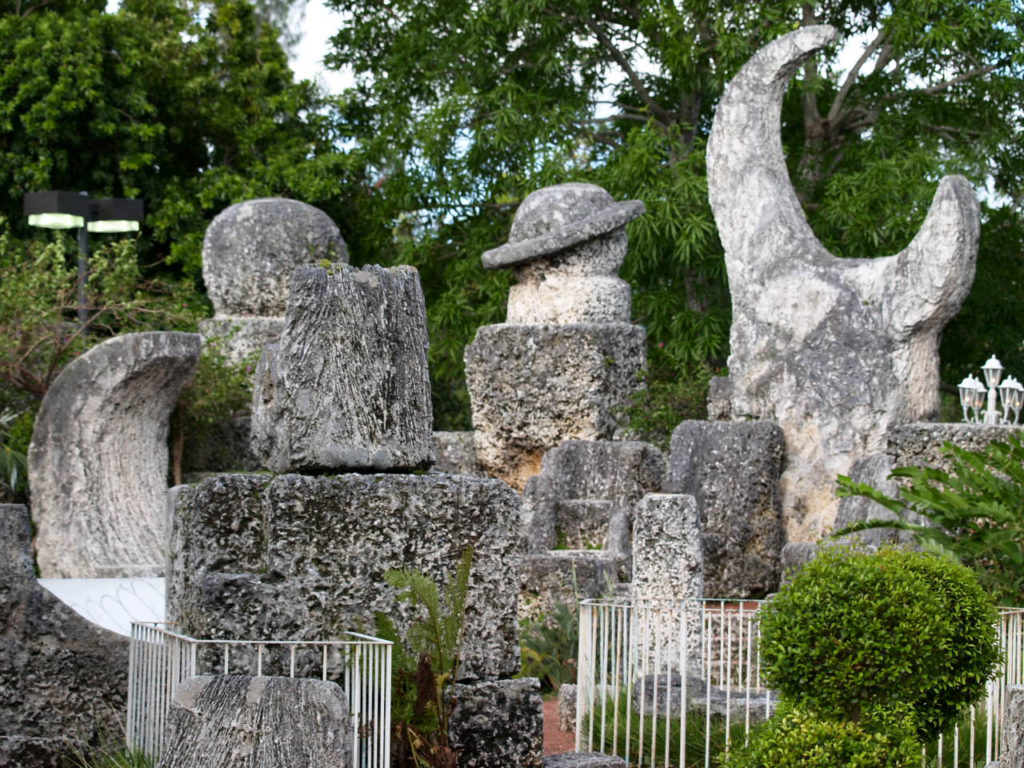
It is said that Ed Leedskalnin built this tribute for his 16-year old fiancee , who he affectionately referred to her as his “Sweet Sixteen”, when she left him a day before their wedding.
Whereas in his book, ‘A Book in Every Home ‘, he implies that his “Sweet Sixteen” was more of how an ideal girl should be, than a reality. And with his thoughts like, “A normal male is always ready to strive for perfection, the female is not ”, we really don’t blame the fiancee for leaving!
2. Swallow’s Nest (Crimea, Ukraine)
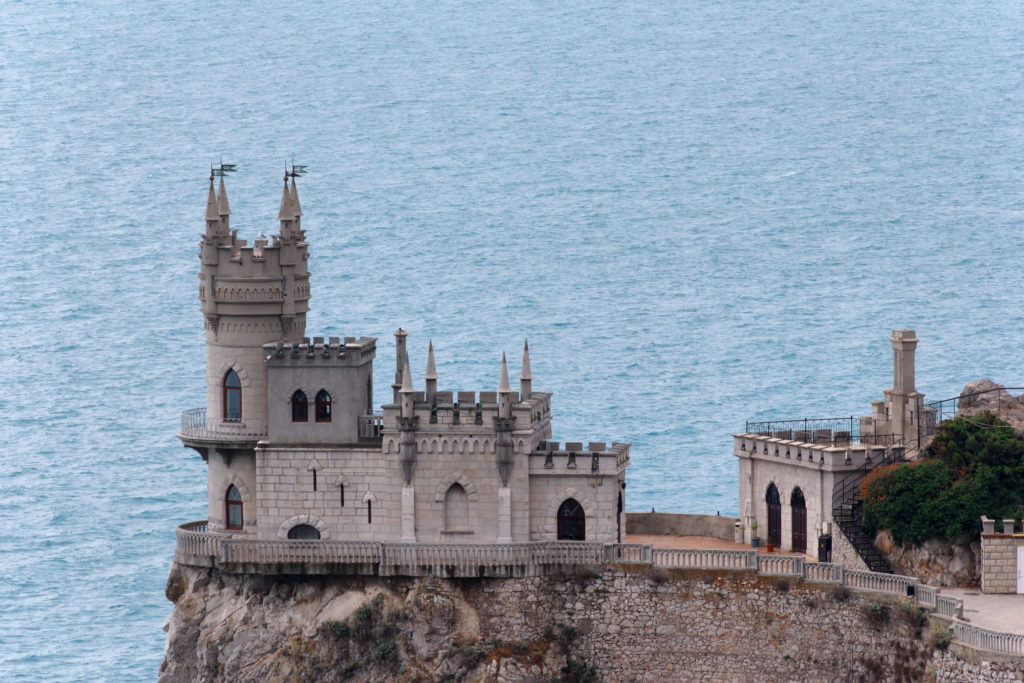
According to the local legend, a German noble visited the plot of land on his honeymoon, which was then occupied by a small wood home, and decided it would be better suited for a romantic castle to be used as the couple’s personal retreat.
Though the names of the original owners of this house is unknown, the land plot was initially awarded to a general for his heroism in the Crimean War, who built a wooden house on it. Through the years, this house was passed on to a court doctor, and then to a wife of a Moscow Businessman, Mrs. Rakhmanova. She rebuilt the house into an eminent structure ,called it ‘Swallow’s Nest’, and sold it to the German oil magnate Baron Steingel.
The new owner decided to build a more refined structure, and in 1912, with a draft ordered by Russian architect A.Sherwood, the castle was built.
1. Taj Mahal (Agra, India)

We all know this story- Shah Jahan was so grieved by his “favorite ”wife, Mumtaz Mahal’s death that he built this beautiful structure to house her tomb.
In fact, he was so enamored by her that, like a good devoted husband, he blessed her with fourteen children in the nineteen years of their married life. She died while giving birth to their 14th child.
It should also be noted that Mumtaz, whose real name was Arjumand Banu Begum, was second among his three wives. Aside from his three marriages, Abraham Eraly suggests that Khurram (Shah Jahan) “seems to have married a Rajput princess” somewhere along the way. He also had a daughter from his first wife and a son from the third. Furthermore, the historian claims that “presumably some of his concubines also conceived.”
Apart from the theories that Taj Mahal might be a Hindu temple , there are also claims that there was no love between the Emperor and his wife. And, Taj Mahal is not the embodiment of love that people believe it to be. We wonder why they must think that!